Induction Brazing carbide to steel
Views Send Enquiry
Objective Braze a carbide sleeve to a steel ‘T’ shank
Material 2.0” (51mm) OD carbide sleeve, 1.0” (25.5mm) high braze joint, 1.5 ” (38 mm) steel ‘T’ , 50% silver braze ring
Temperature 1292 ºF (700 ºC)
Frequency 257 kHz
Equipment • Power of 10 kW induction heating system, equipped with a remote workhead containing two 0.66μF capacitors for a total of 1.32 μF.
• An induction heating coil designed and developed specifically for this application.
Process A pancake/helical combination coil is used to heat the assembly. The coil design allows easy loading and unloading of the parts without having to rotate them.
A few minutes after the start of the heat cycle the heat pattern normalizes and becomes very uniform. For better joint quality a chamfered groove is machined in the steel shank to locate and seat the braze ring. The braze alloy flows into the joint creating a strong, aesthetic bond. The amount of braze alloy heated each cycle is controlled well by the braze ring.
Results/Benefits Induction heating provides:
• Hands-free brazing which requires no special operator skills for manufacturing
• Precise, even heat is applied and is divided equally between the shank and the carbide. This provides an
even flow of the braze alloy as the parts reach brazing temperatures
Material 2.0” (51mm) OD carbide sleeve, 1.0” (25.5mm) high braze joint, 1.5 ” (38 mm) steel ‘T’ , 50% silver braze ring
Temperature 1292 ºF (700 ºC)
Frequency 257 kHz
Equipment • Power of 10 kW induction heating system, equipped with a remote workhead containing two 0.66μF capacitors for a total of 1.32 μF.
• An induction heating coil designed and developed specifically for this application.
Process A pancake/helical combination coil is used to heat the assembly. The coil design allows easy loading and unloading of the parts without having to rotate them.
A few minutes after the start of the heat cycle the heat pattern normalizes and becomes very uniform. For better joint quality a chamfered groove is machined in the steel shank to locate and seat the braze ring. The braze alloy flows into the joint creating a strong, aesthetic bond. The amount of braze alloy heated each cycle is controlled well by the braze ring.
Results/Benefits Induction heating provides:
• Hands-free brazing which requires no special operator skills for manufacturing
• Precise, even heat is applied and is divided equally between the shank and the carbide. This provides an
even flow of the braze alloy as the parts reach brazing temperatures
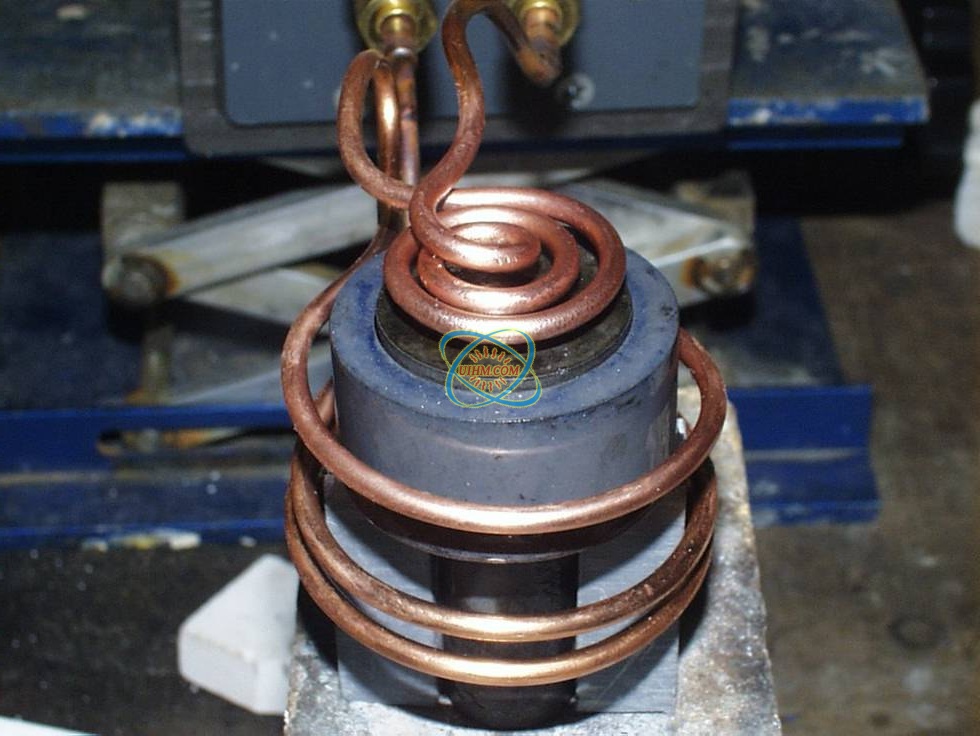
brazing-carbide-to-steel
Good
Bad
Related Content
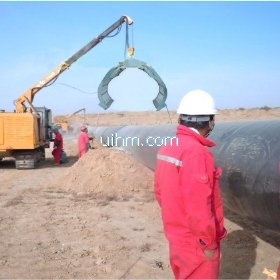
Air Cooled clamp coil (half-open coil) for preheating gas pipeline

induction coating by air cooled clamp induction coil
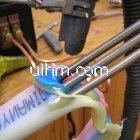
Remove plastic coating from steel tubes by Induction Heating
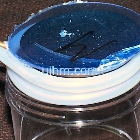
Releasing Fixture by Induction Heating
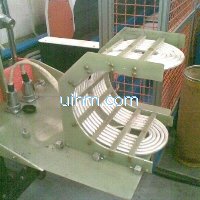
U shape air cooled induction coil by UM-100C-HF for pipeline preheating
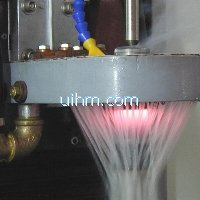
induction quenching with custom-design inductor
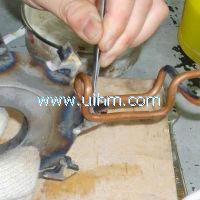
induction brazing diamond segment
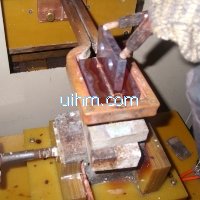
induction brass soldering copper plate_2

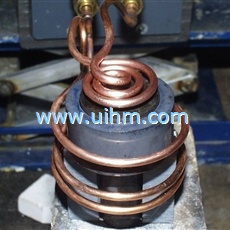
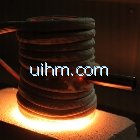
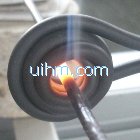
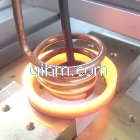

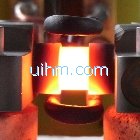

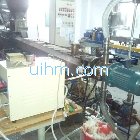

Newest Comment
No Comment
Post Comment